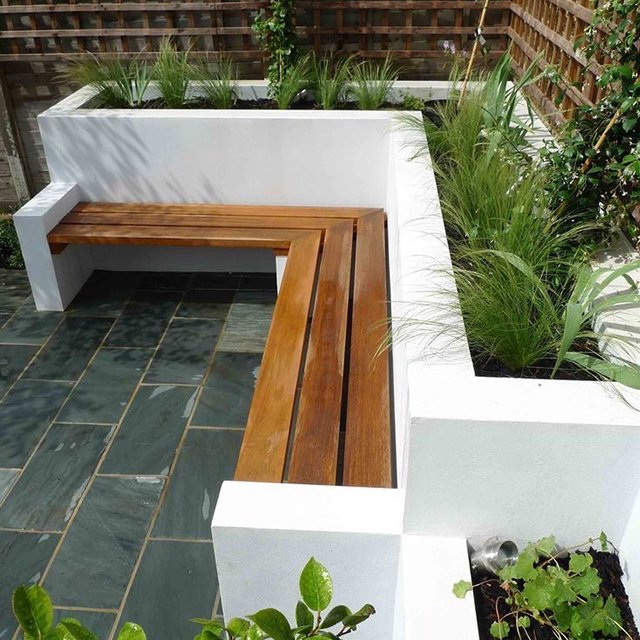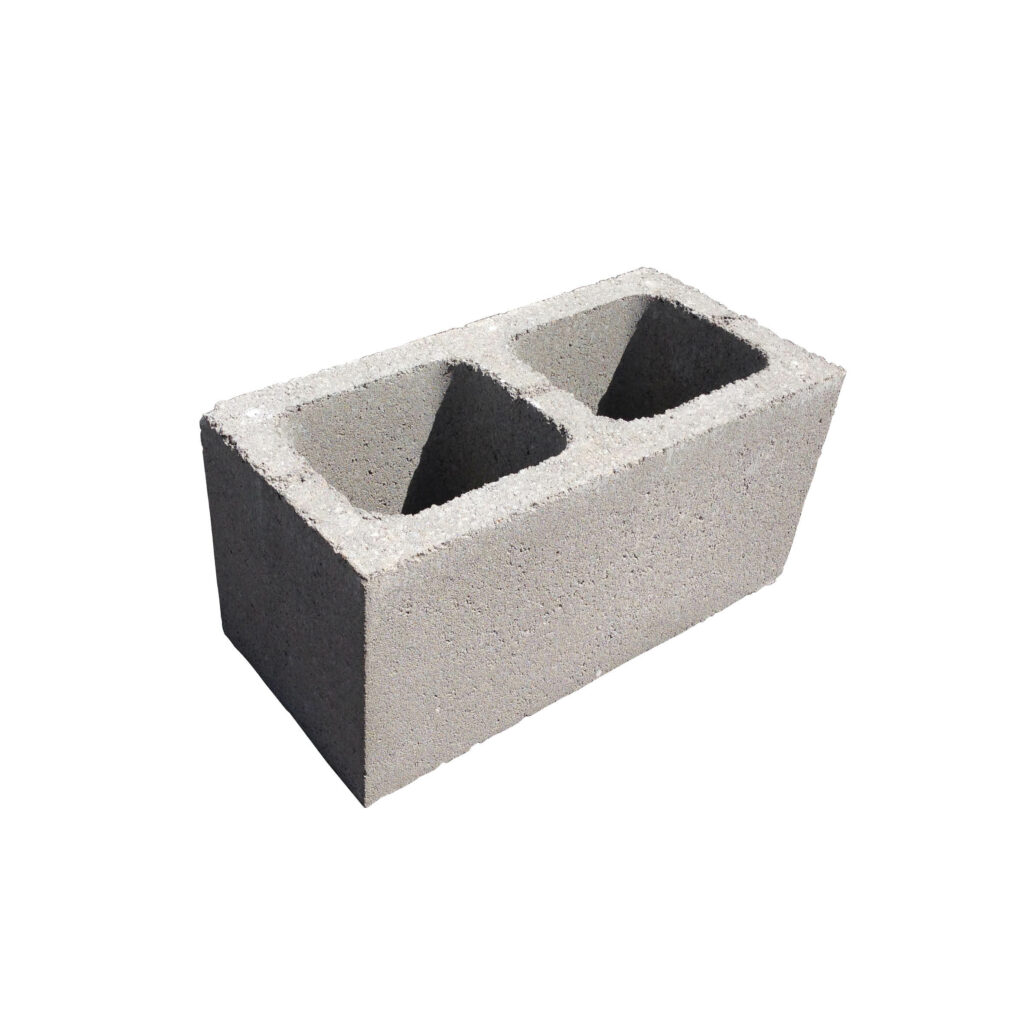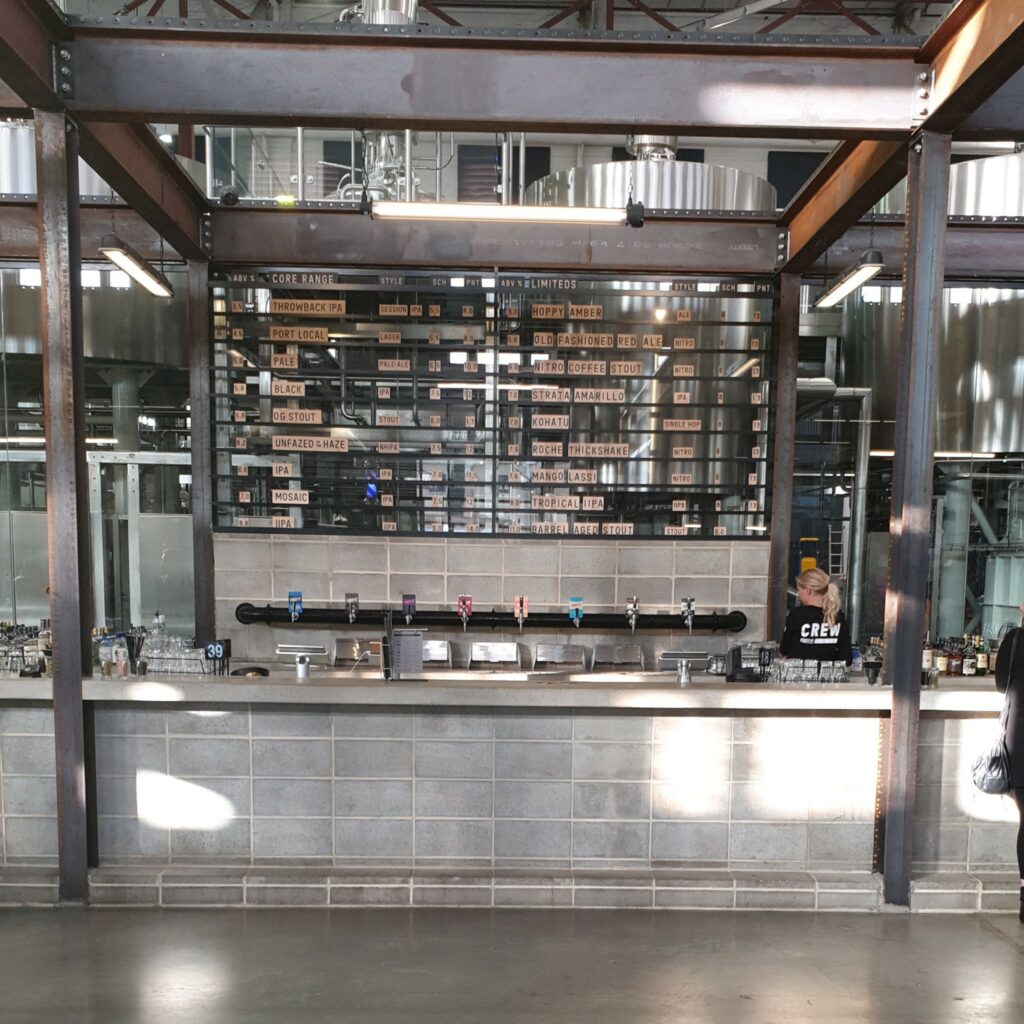Grey Concrete Blocks for Your Landscaping & Building Projects


Grey Concrete Blocks are popularly used for various landscaping and building projects around a homeowner’s property. That fact comes as no surprise because they are widely available and come in several varying shapes and sizes. But, because there are so many types of Grey Concrete Blocks, you’ll get a headspin deciding which specific ones will be excellent for your home.
This complete guide is all you need to get clear and expert advice about Grey Concrete Blocks for your home landscaping and building needs.
But, first off, we know that these blocks are extensively used for building projects, so if you’re in need of large quantities of this product for your multi-residential or commercial construction projects, please contact Australian Paving Centre directly.
If you’re looking at Grey Concrete Blocks to use for your home landscaping projects, then read through to the end to get valuable information you’ll surely find useful!
Now, if you’re looking for a specific topic and want to jump straight ahead to that, you may do so. Just click on any subject inside the table of contents and save valuable time.

What is a Grey Concrete Block?
‘Grey Concrete Block’, which are also called concrete blocks, masonry concrete blocks and cinder blocks, is a popular name used to identify concrete building blocks. The most traditional Grey Concrete Block is the 20.01 full-length block as shown below. A standard Grey Concrete Block is 12.5 for every 1 square metre of wall.
How Are Blocks and Bricks Different?
While blocks and bricks are both categorised as masonry materials, meaning units stacked on top of each other through the use of mortar to create solid walls, they also have distinct characteristics that identify one from the other.
One difference can be attributed to their sizes. Blocks are normally available in various sizes, even shapes, while brick sizes are typically standardised.
Also, most blocks are made of concrete, whereas bricks will often be made of clay, although there are some that are also made of concrete.
Because each is made out of different materials, their colours are also distinct. Blocks and bricks created out of concrete will tend to be available in a limitless range of hues because they are coloured with oxides. In the case of clay bricks, however, the availability of their colours tend to be limited to the natural shades of the clay from which it is made.

Factors to Consider in Your Projects
Before deciding to build with Grey Concrete Blocks, consider these factors we discuss in depth below.
Project Type
Certainly, this is the most significant factor you need to take into consideration when choosing what material to best use for your home’s improvement.
If you’re planning to enhance your garden’s aesthetics and functionality, by adding garden beds, or building retaining walls, boundary fences, even letterboxes and barbeque areas, the type of Grey Concrete Block sizes you will need will depend largely on the type of project you are setting out to accomplish.
The sizes, or ‘series’ as we fondly call them, is the width of the blocks that identify a range of block products. For instance, we identify the 100mm series with the range of blocks which have 90mm widths. Whereas, we identify the 150mm series with the range of blocks which have 140mm widths.
Australian Paving Centre offers a full range of Grey Concrete Blocks with the following fraction components for each categorised series.
- 100mm series – blocks with 90mm width
- 150mm series – blocks with 140mm width
- 200mm series – blocks with 190mm width
- 300mm series – blocks with 290mm width
- Brick series – bricks with 110mm width
- Dry Stack Blocks – or what we call the Versaloc Walling System, which does not require any mortar after the first course
Take a look at the full range of Concrete Blocks here.
Availability and Colours
Australian Paving Centre provides an excellent range of natural grey Grey Concrete Blocks which you can get at full and half blocks. All our Grey Concrete Blocks are made in Australia and are readily available in all APC stores so you never have to look anywhere else to get your project started.
In addition, APC also offers a select range of Concrete Blocks in other colours. We call this range the ‘Designer Masonry’ blocks available only on a made to order basis, ensuring your structure has a consistent hue all throughout.
Please note, minimum quantities and lead times will apply, and the range of coloured blocks, as well as its availability, will differ from region to region.
You can check the full range of available coloured concrete blocks in your area here.
It is worth noting as well: Because grey and coloured concrete blocks are produced from natural raw materials such as sands and aggregates, there will occur minor variations in colour between products. This is typical of these types of blocks and should not be considered as a defect.
The Installation Process
Due to the numerous possibilities of using Grey Concrete Blocks in different building applications, many homeowners will tend to lean towards doing the projects themselves to save on cost. If you’re a natural craftsman (or woman), there’s a great deal of fulfilment to be had from looking at a personally-accomplished home project. If you’re inclined to DIY, our best advice would be to research. The availability of online resources today are limitless, so you’ll never fall short of getting visual guides, video demonstrations, and highly-specific instructions. And it’s easier than you think! Contact your local APC store for more DIY information.
Grey Concrete Blocks need to be reinforced with steel and core filled with grout by using bond beams or as one mass. Tradies who are qualified block layers will know how to mix the materials so that the mortar has the most ideal strength. He will also be able to know how to structurally organise and install the base, as well as any reinforced steel bars required by an engineer’s design.
Suitable Project Types for Grey Concrete Blocks
As mentioned at the beginning of this guide, Grey Concrete Blocks can be used for various building applications. In this section, we discuss just that.
Building Your Home
Grey Concrete Blocks are sturdy and durable, making them the favoured and proven material in the construction of homes. Because it is widely available, most home constructions will use the traditional grey blocks and are then rendered and painted with more preferred colour.
Tropical areas, such as North Queensland, are regulated by the Building Code of Australia, which requires homes to be constructed specifically with blocks. Doing so will reduce the damage caused by typhoons, ensuring a strong home and an increased peace of mind.
Homes which are architecturally-designed will tend to use coloured and textured Grey Concrete Blocks. If you want to strike an impression with your home, using coloured Grey Concrete Blocks should be at the top of your to-do list. You can check the gallery below that features some of the most beautiful homes constructed out of coloured concrete Grey Concrete Blocks.
Retaining Walls
Grey Concrete Blocks are popularly used to build retaining wall also. The reason for this is because these blocks don’t cover much space and they can also be engineered to reach significant and reinforced heights. Although this is an excellent advantage for Grey Concrete Blocks, it’s important to seek your local council’s advice to find out if they require specific any engineering and certifications before building your retaining wall.
A concrete levelling pad is required when building a retaining wall out of Grey Concrete Blocks, as opposed to a segmental concrete block wall. It’s crucial for your Grey Concrete Block retaining wall to be built onto a well-formed and levelled concrete foundation pad in order for it to maintain its strength.
Fence and Other Landscape Structures
Concrete Grey Concrete Blocks are becoming increasingly popular for fencing applications. The reason for this is because Grey Concrete Blocks are easy to style, just go with the traditional grey or paint or render your finished fence according to your liking and your home’s privacy will be secured.
Aside from that, these blocks provide flexibility due to the segmental nature of its blockwork, or the individual units piled on top of each other. A structure can be built and designed according to any design and a limitless choice of dimensions.
Again, always remember to liaise with your local council regarding any restrictions and requirements they may impose in building fences within your suburb. They will also be able to give invaluable engineering advice about design considerations while factoring in wind forces which exposed fences will be most vulnerable against.
After doing so, it will be easier to do quick work of installing your boundary fence because all legalities and technicalities have been addressed.
Installing Grey Concrete Blocks
The figures below show two of the most common methods in installing a concrete block fence. However, there are differences in soil conditions, exposure to varying elements, and other factors to be considered before deciding to use either. It is, therefore, wise to seek your local council’s guidance.

Most applications will require concrete blocks to be core-filled with grout because not only will it make the blocks lighter to handle, it is also vital in making the Grey Concrete Blocks stable, solid, and durable. Its typically large cores will allow easy filling with buckets of grout, or in the case of larger projects, concrete pumps.
General standards in core-fill grout are provided by the Concrete Masonry Association of Australia, which includes the following minimum requirements.
- The concrete has to have a minimum characteristic compressive strength of 12MPa, however, the preferred value is 20 MPa.
- The content of the cement should not weigh less than 300 kg/m2.
- The concrete aggregate should be a minimum of 10mm.
- The cores of the blocks should be completely filled.
But how much core fill is required? The table below can serve as your guide in determining how much core will be needed to fill an entire block wall.
| Block Type | Volume of Concrete to Fill (1 cubic metre wall area) | Volume of Concrete to Fill (100 Blocks) | Number of Blocks Filled (by 1 cubic metre) |
| 15.01 / 15.42 | 0.054 | 0.43 | 220 |
| 20.01 / 20.42 | 0.100 | 0.66 | 150 |
| 20.48 | 0.100 | 0.80 | 120 |
| 30.48 | 0.180 | 1.44 | 69 |
Wall Finishing
There are available capping units that are designed to sit snugly on top of complete blockwork of Grey concrete blocks. The smooth finish will provide both appeal and function to the built structure, significantly enhancing the value of your home and property.
Here are additional tips on how you can create elegant finishes for your wall or structure and provide the most optimal effect.
- Paint the blockwork – it’s the most basic and simplest way to enhance your structure
- Render the blockwork – this will ensure the block shapes become invisible, even more so with a paint job to go along with the rendering
- Apply a facade – you may use stone and panels directly on the wall
- Create texture – use coating products that are widely available according to your preference
Please note that it is important to apply a product that can stand against the elements once the
blockwork is ready. Sealants are ideal choices so as to prevent water from penetrating. If you are unsure, come and visit any Australian Paving Centre store and our expert staff will be more than happy to assist you.
Wall Maintenance
You can simply sweep or hose down your unfinished or unpainted wall regularly for its upkeep. However, if your concrete block wall was painted or rendered, this will require a different yet still regular maintenance to protect it against harsh elements like the wind, rain, and heat from the sun.
For concrete blocks of commercial buildings, it is best to engage the services of professional cleaners as this would entail more extensive areas to clean and even more complicated types of stains. In the table below, we provide the best ways to address multiple types of stains on your exposed block walls.
| Type of Stain | Cleaning Treatment |
| General Stains | Normal cleaning agents and oxalic acid can be used. |
| Hardwood tannin Stains | This can be removed with an application of household bleach or cleaning products that contains chlorine. |
| Moss and Moulds | This type of stain can be removed using a strong household bleach and a stiff brush. |
| Mortar Smears | If the mortar is still damp, it should be cleaned immediately by wiping it off. If it has dried off, use a stiff brush and wipe away the stains. |
| Efflorescence | Dry brush any residue and remove it before scrubbing the stain with a brush and clean water. |
Remember to always protect your eyes and hands before coming in direct contact with these chemicals.
About Australian Paving Centre
Since 1986, Australian Paving Centre has become a one-stop-shop for the best pavers and retaining wall materials suitable for both commercial and residential projects.
But that’s not all APC has to offer, we also provide the same high-quality products and services to all our customers no matter the size of the job. Our trusted employees will help advise you on choosing the right material to suit your home project while keeping to your budget.
APC franchise stores have a walk-in display area so you can browse our product range at your own leisure.
Australian Paving Centre supplies an extensive range of concrete and clay pavers, natural stone pavers, masonry blocks, bricks, concrete sleepers, retaining and garden wall blocks at the best prices. Our products are durable and come in a variety of designs that can withstand time and harsh weather conditions.
shop concrete block here –
Visit us at APC to pick up a free sample!
Or, send us a product enquiry or request a quote online
